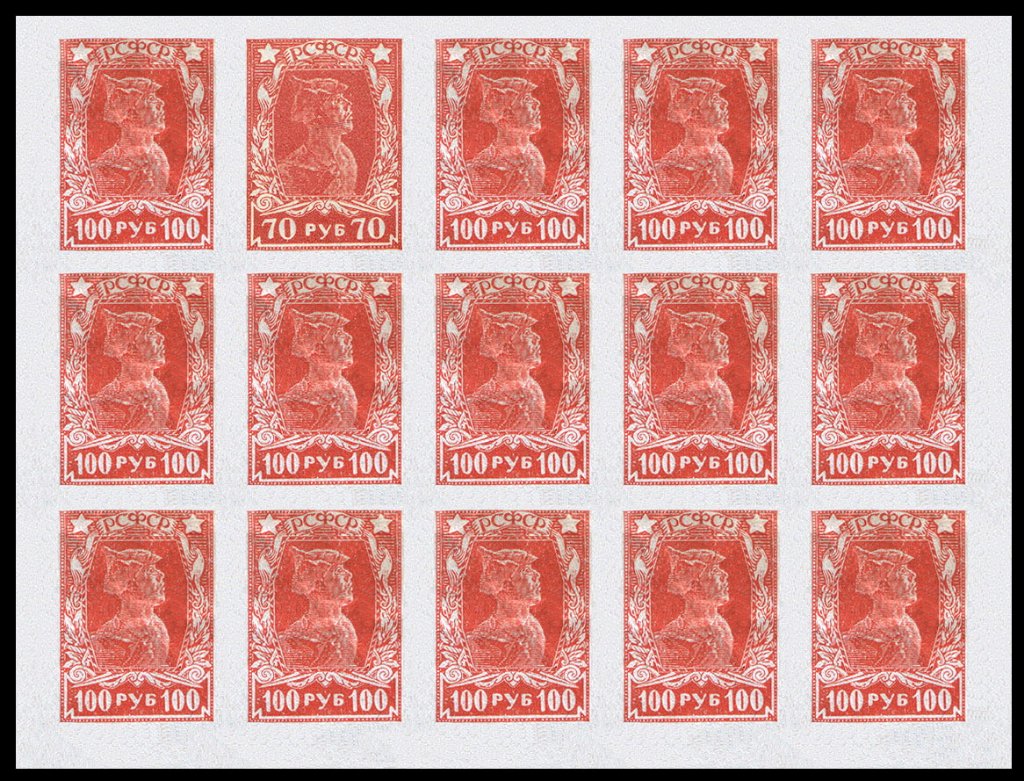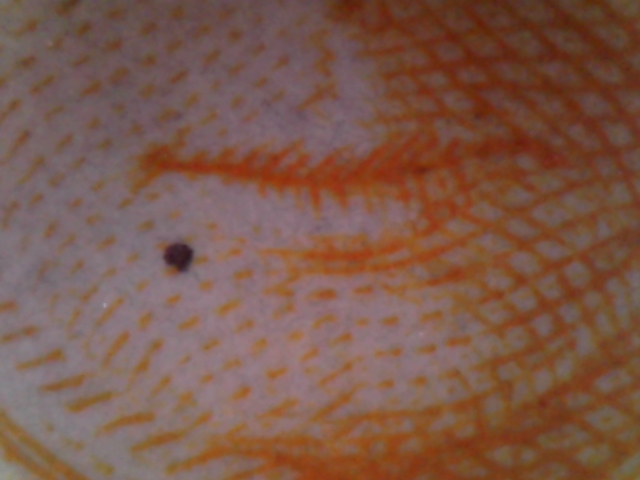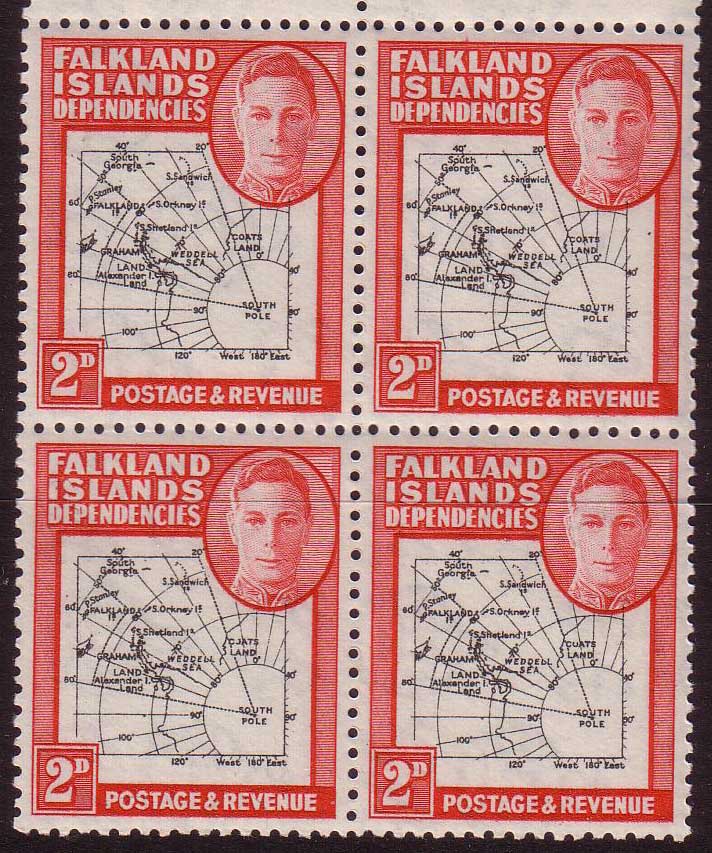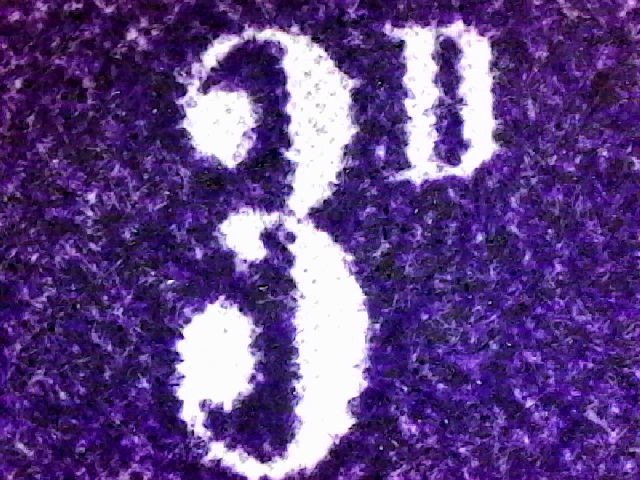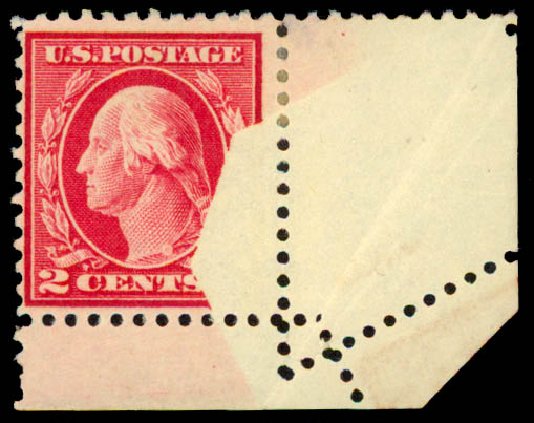
In the most basic sense an error or flaw on a postage stamp can be a mistake made by the artist in the design of the stamp and also an error made in the production or manufacture of a stamp during it’s preparation and printing stages. These are often generally referred to as EFOs.
Essentially a stamp error means that the stamp does not have the intended appearance as set out in the initial design idea – this could be incorrect wording or illustrations, missing features, mis-perforation, incorrect watermarks and missing or incorrect colours for example.
Errors or flaws tend to fall into two categories; constant or transient. A constant flaw is one that occurs in the same way repeatedly over numerous stamps. A transient flaw is one that appears singularly – on one stamp.
Constant Flaw
One well known constant flaw is that of the Great Britain Victorian Penny Black and is known as the ‘O Flaw’. Sheets of Penny Blacks were printed using several different plates over time. The ‘O Flaw’ appears on plates 7, 8 ,9 and 10.
Here is an illustration of plate 10 (top) compared with the bottom section of plate 6. If you examine the ‘O’ in ‘ONE PENNY’ you will see there is a small white patch to the bottom right, between the O and the N on plate 10 – this is the ‘O Flaw’.
Because it occurs on the four plates consistently (to a varying degree) it is known as a constant flaw.
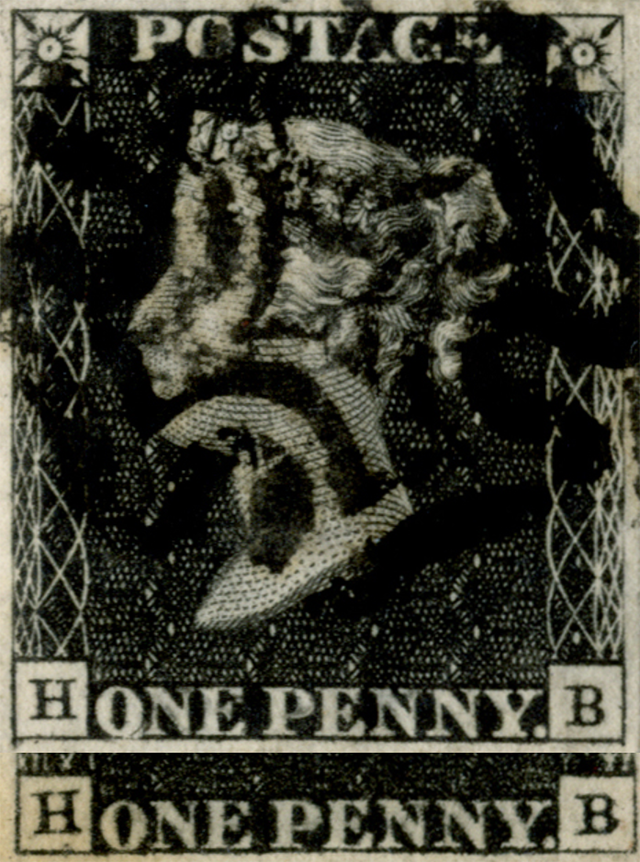
Transient Flaw
Transient Flaws are pretty much unique as they only occur once. They are usually a defect introduced during the printing process – a blob of ink or some foreign matter that was stuck to or fell onto the paper or printing plate.
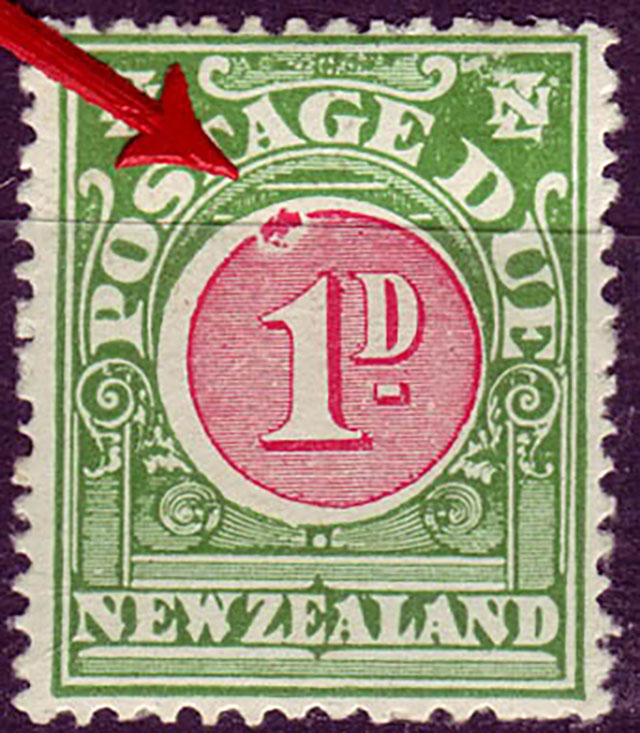
Lets look at some of the recognised errors out there.
Colour
Stamps produced in the wrong colour or colours.
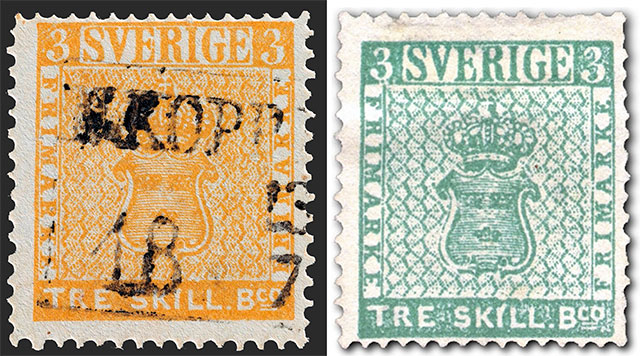
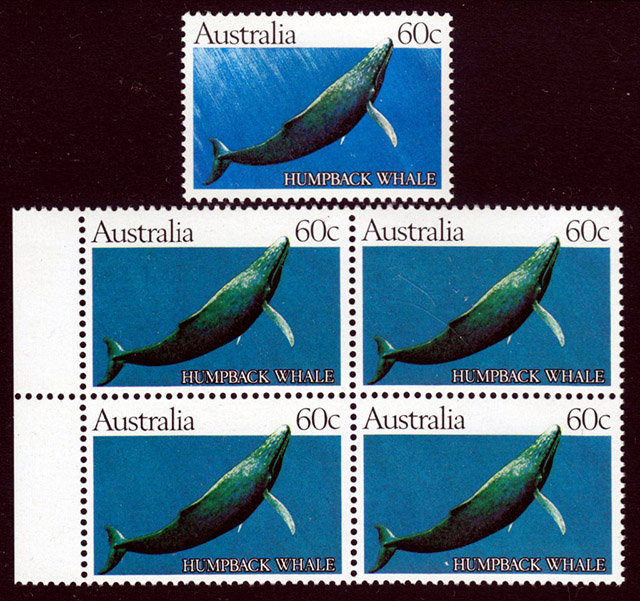
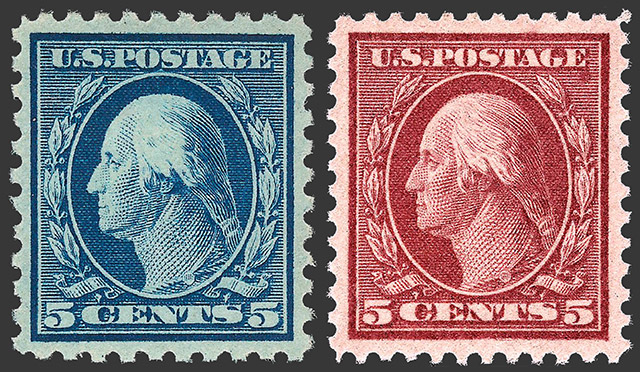
Design
Misplaced text, incorrect illustrations or inscriptions.
Compare these two Kenya stamps, the inscriptions are different – very easy to spot.
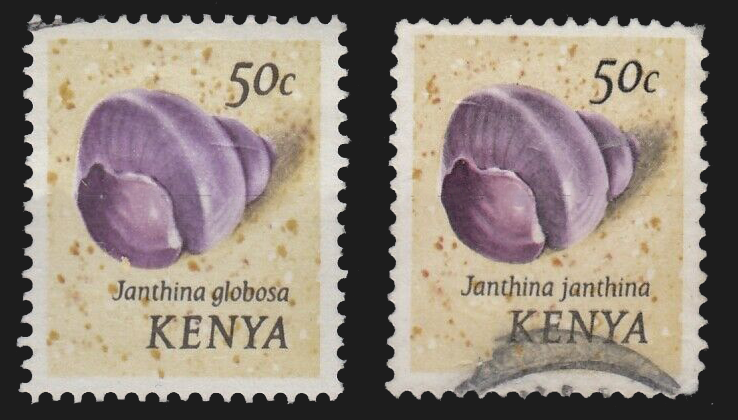
In contrast, the flaws are harder to spot on these Falkland Island stamps. The major listed error occurs on the stamp to the right, although there are many others on this issue. These designs were redrawn in 1948 correcting the errors.
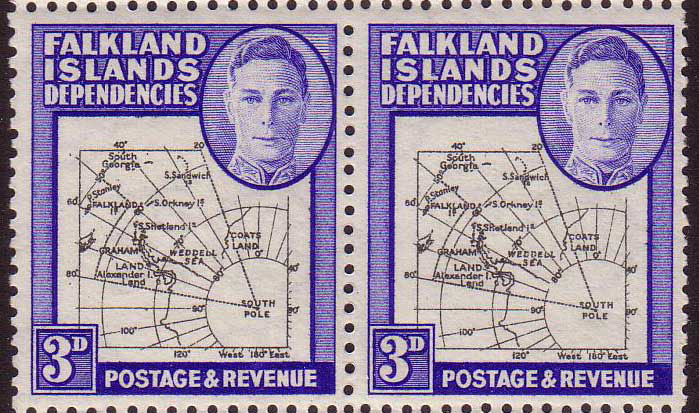

Double Impression
Occurs when the stamp was printed more than once. Usually the design is offset. Can occur with overprints too, such as a new currency overprint or a revised country name.
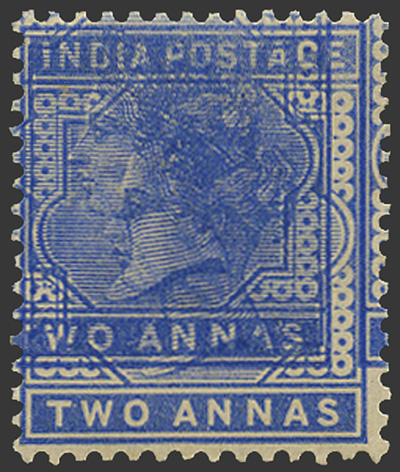
Freaks
One off printing errors. Blobs of ink, unprinted areas and foreign material on the stamp are some examples.
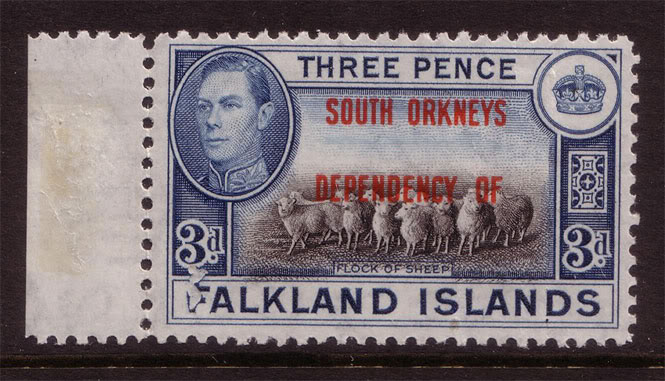
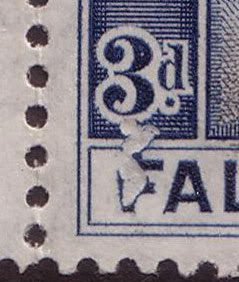
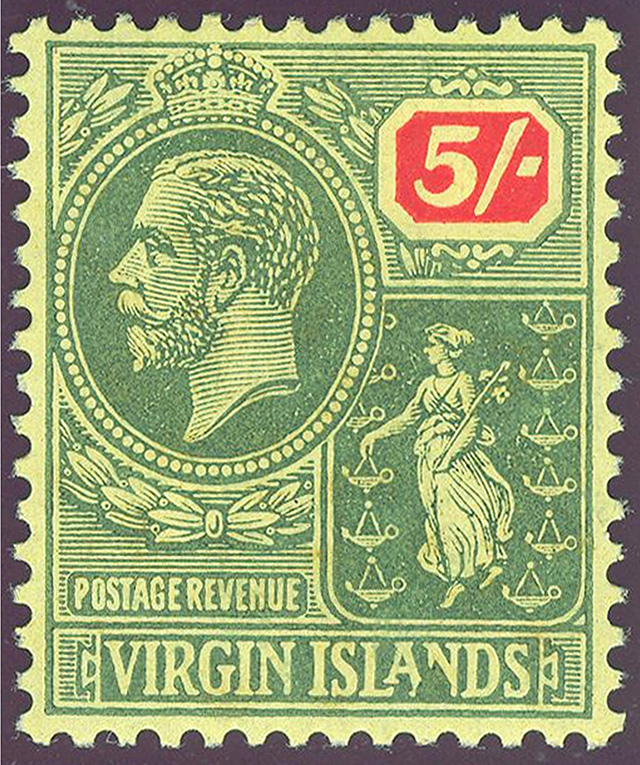
Invert
Some part of the design is printed upside-down. Seen, for example, on stamps that have a separate frame and vignette (central illustration) – where the vignette has been placed the wrong way up. Also includes overprints that have been printed upside-down over the stamp.
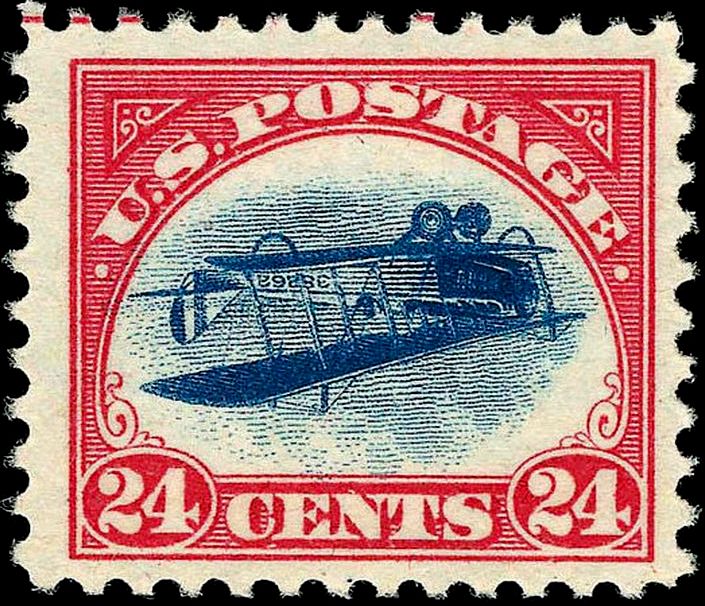
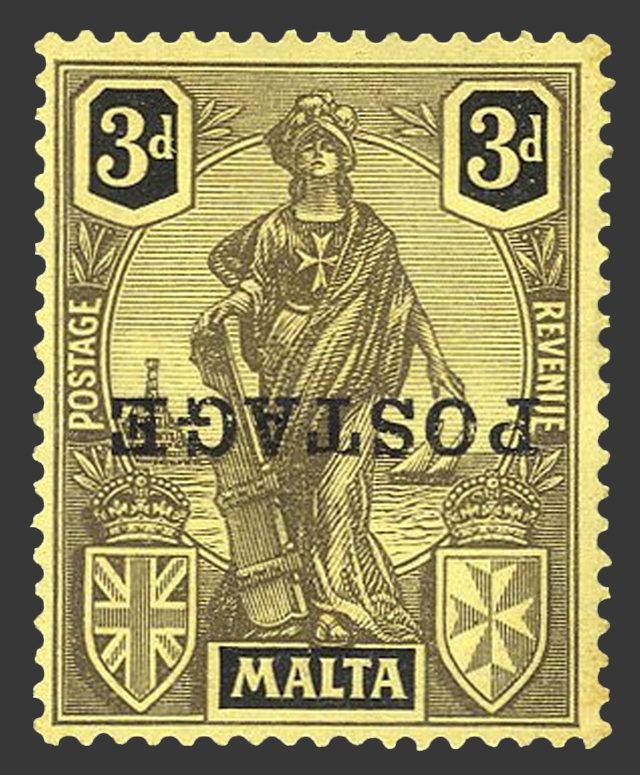
Omission
Some part of the stamp’s design is missing. For example; the currency value is missing or the stamp has colours missing entirely.
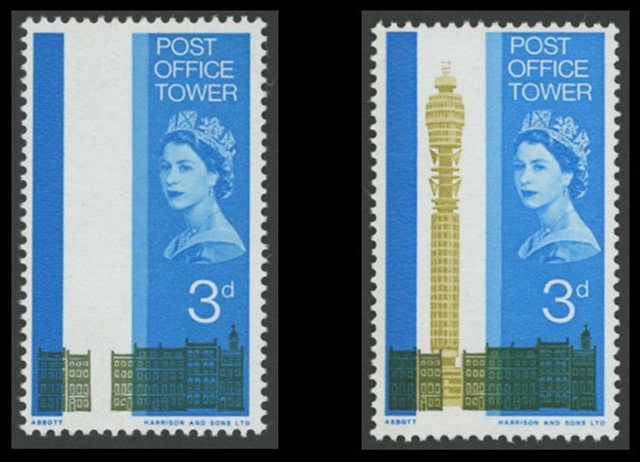
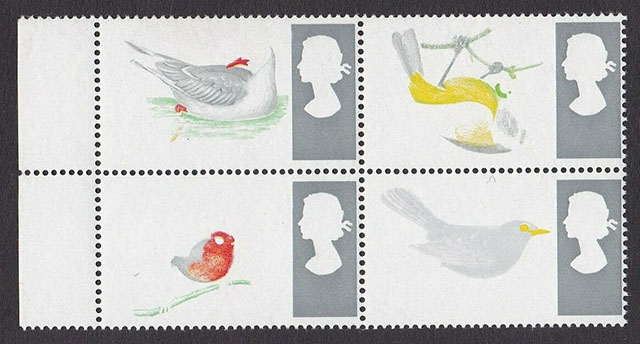
Paper
When the wrong paper type or alignment was used in the printing process, which could cause the stamp to have an incorrect watermark or colour.
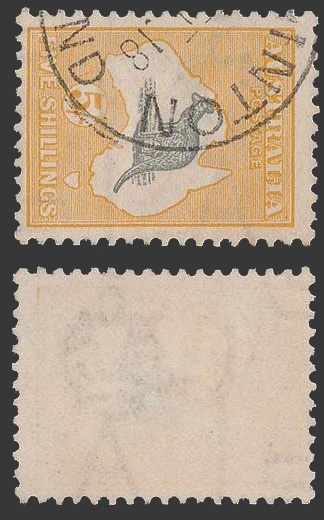
Perforation
When the perforations are not down the sides of the stamps as intended. Perforations may be offset from their desired position by some margin and can be dramatically misplaced when there is a paper fold in the sheet when it is perforated. And perforations can be missing entirely, resulting in an unintentionally imperforate stamp.
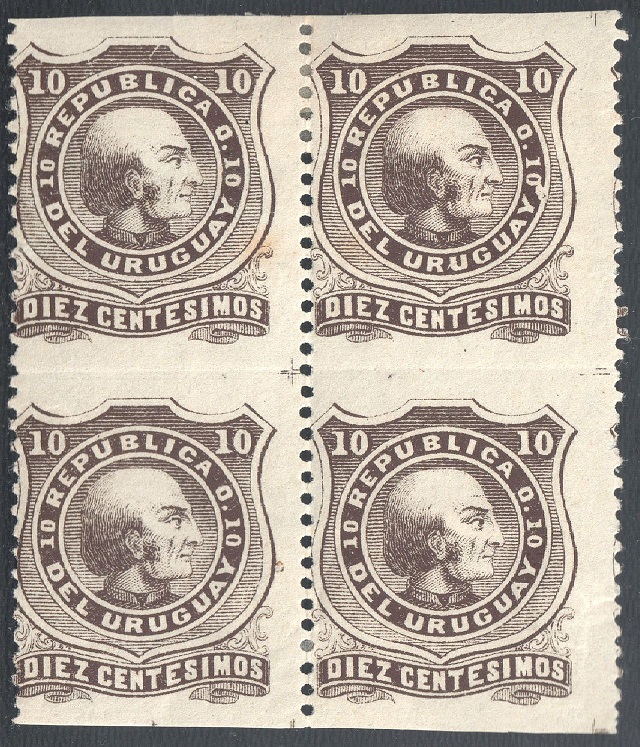
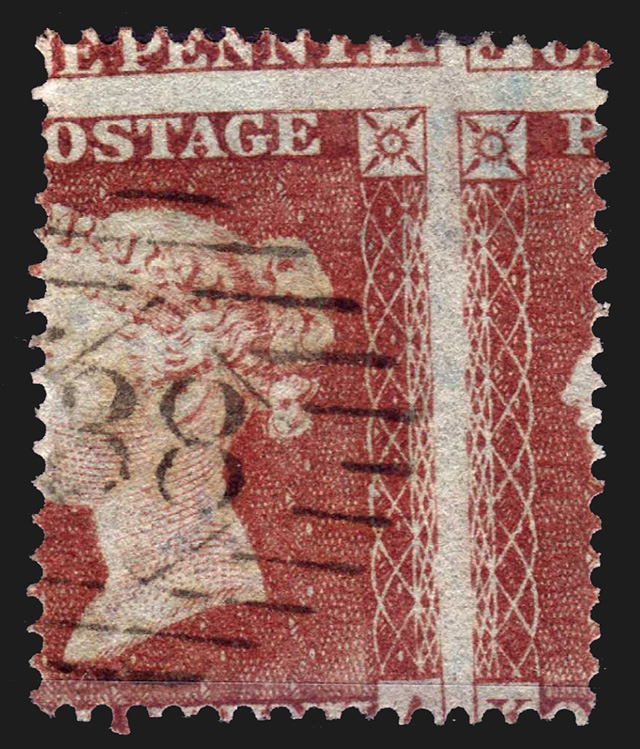
Value
The stamp has the incorrect value. For example, where a stamp shows 1d (pence) when it should be 1s (shilling) – the die (engraving) might have had different parts and an incorrect part has been used – the designs may be the same or similar, causing the mistake in the first place.
